Boeing has confirmed its absence from the commercial jet display at Farnborough. This decision breaks a 16-year tradition of showcasing airliners at the event.
Farnborough alternates annually with the Paris Air Show, making it the primary aviation event for 2024. The Air Current first reported this unprecedented move. This absence signifies a major shift in Boeing’s strategy and priorities.
Ongoing Crisis Sparks Major Company Changes
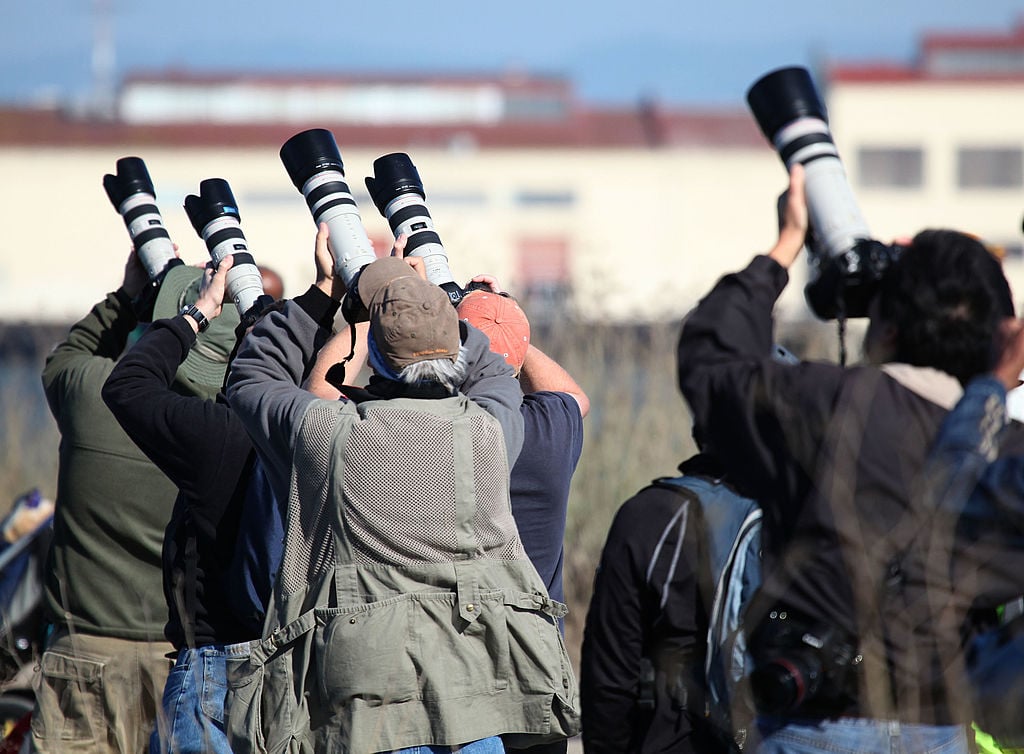
Boeing is grappling with a crisis triggered by the January Alaska Airlines blowout. CEO Dave Calhoun has announced his resignation, effective at the end of the year.
Several airline executives have publicly expressed frustrations with Boeing. These events have led to increased scrutiny of Boeing’s operations and safety measures. The company is now prioritizing a comprehensive safety and quality plan.
Singapore Airshow Absence Sets Concerning Precedent

Boeing also abstained from displaying passenger jets at February’s Singapore Airshow. This earlier decision foreshadowed the Farnborough announcement.
The Singapore Airshow typically attracts over 50,000 trade attendees. Boeing’s absence from both major air shows in 2024 is unprecedented. This trend raises questions about Boeing’s marketing and public relations strategy during crisis management.
Farnborough Airshow’s Significance in Aviation Industry
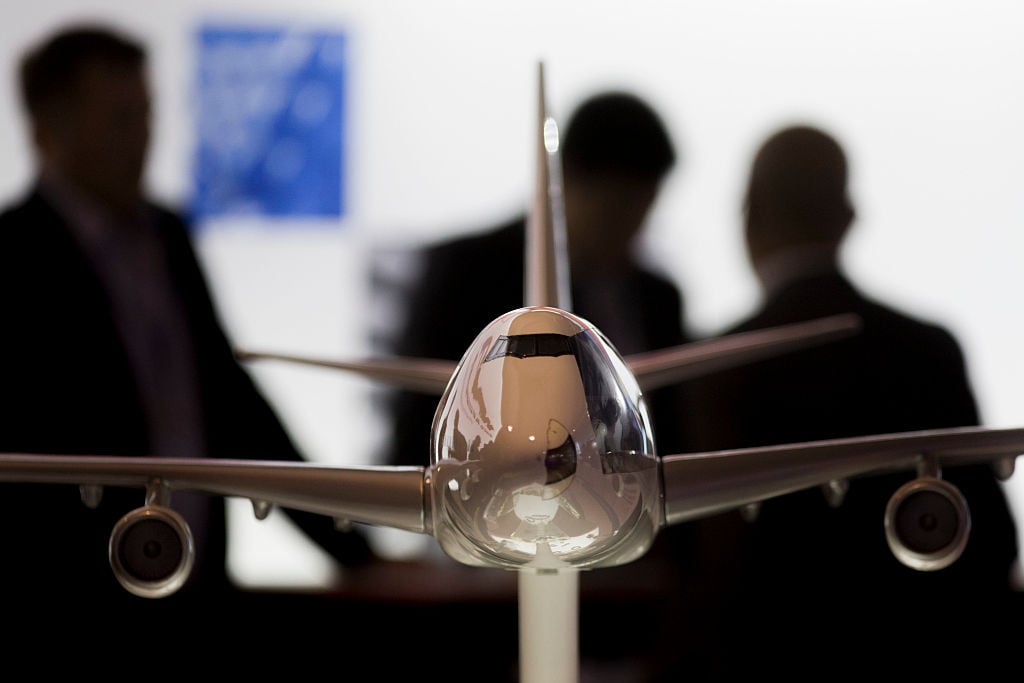
The Farnborough Airshow is a mainstay in the aviation world. Planemakers traditionally use this platform to exhibit new aircraft and announce deals.
In 2022, the show reported over $78 billion in deals. The event typically attracts over 1,500 exhibitors from 48 countries. Boeing’s absence could potentially impact the show’s deal-making atmosphere and industry dynamics.
Qatar Airways to Display Boeing 787
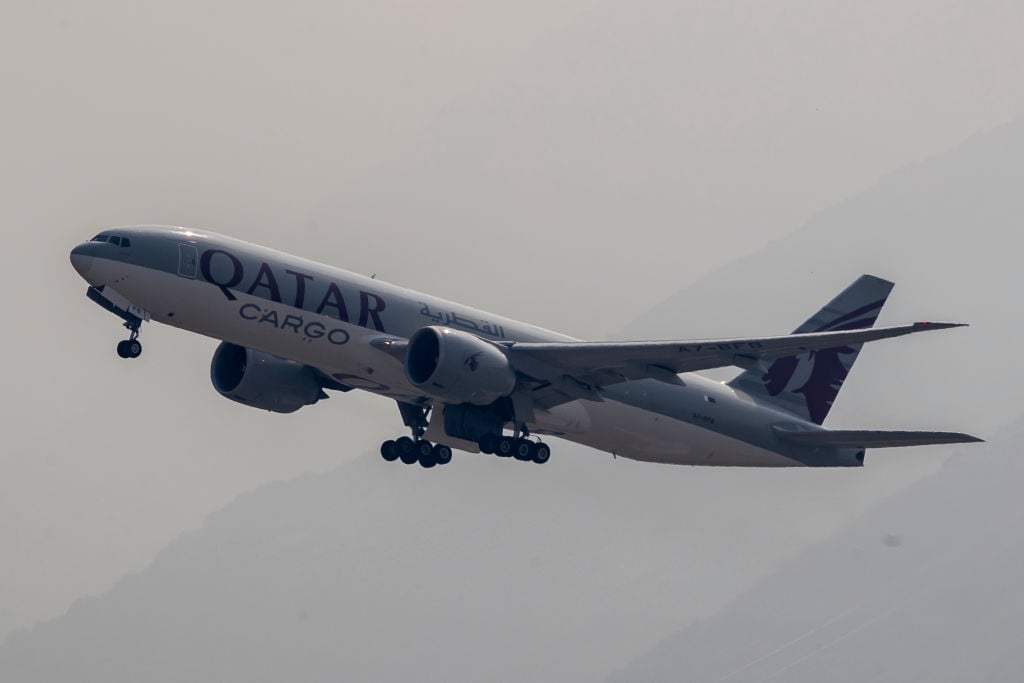
One Boeing airliner, the 787 Dreamliner, will be displayed at Farnborough. Qatar Airways, not Boeing, will showcase this aircraft. The airline plans to exhibit its upgraded QSuite business class.
This arrangement underscores the continued importance of Boeing aircraft to major carriers. It also highlights the complex relationships between manufacturers and airlines during industry challenges.
Boeing Prioritizes Safety and Quality Plan
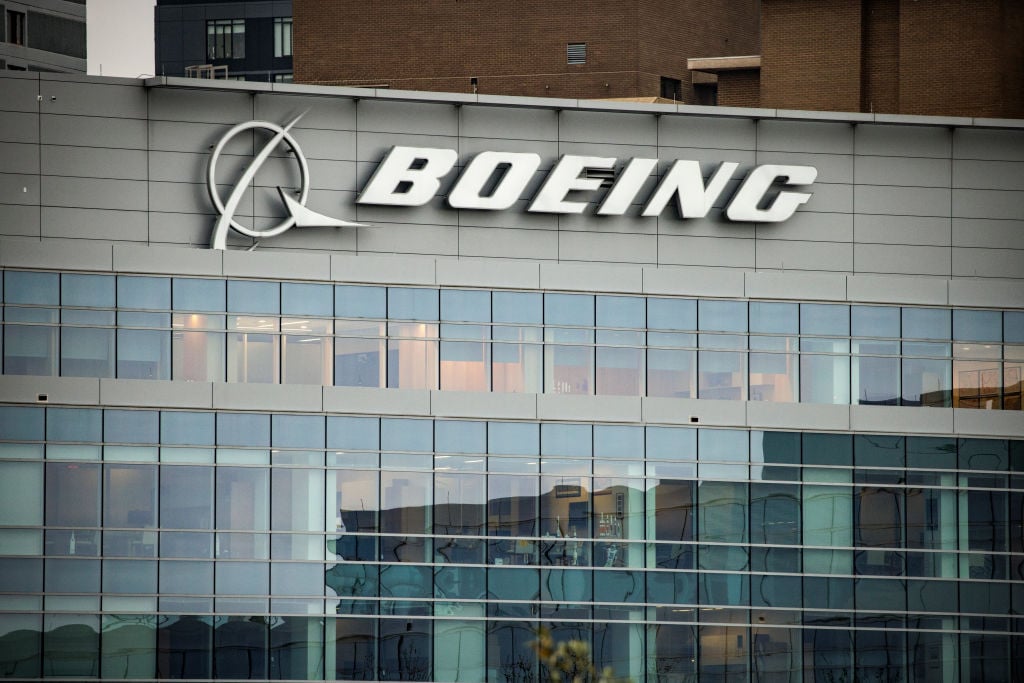
Boeing is redirecting resources towards implementing a safety and quality plan. The company aims to regain trust from regulators and customers. This shift follows the Alaska Airlines 737 Max incident in January.
Boeing’s statement emphasizes a focus on airplane production and certification. This prioritization reflects the gravity of the current situation and Boeing’s commitment to addressing core issues.
Boeing’s History of Airshow Participation
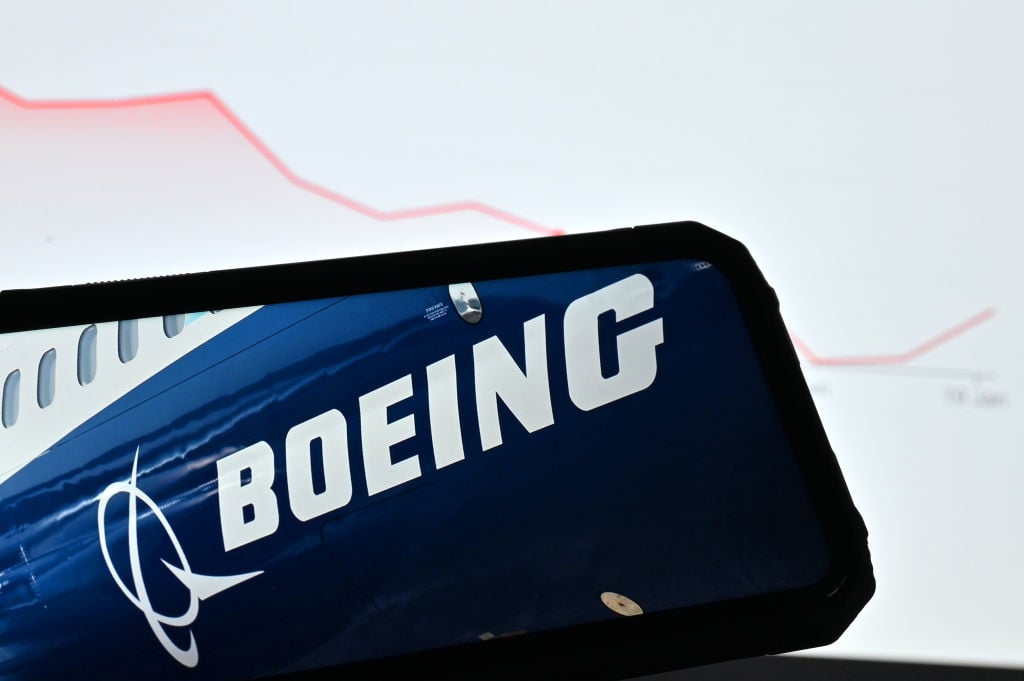
For over a decade, Boeing consistently brought its flagship models to global airshows. These included the 787 Dreamliner, 777X, and 737 Max. The company has participated in shows in Farnborough, Paris, Dubai, India, and Singapore.
Boeing’s statement indicates an intention to resume this tradition in the future. This history underscores the significance of the current decision to abstain from commercial displays.
Defense and Space Products Still Featured
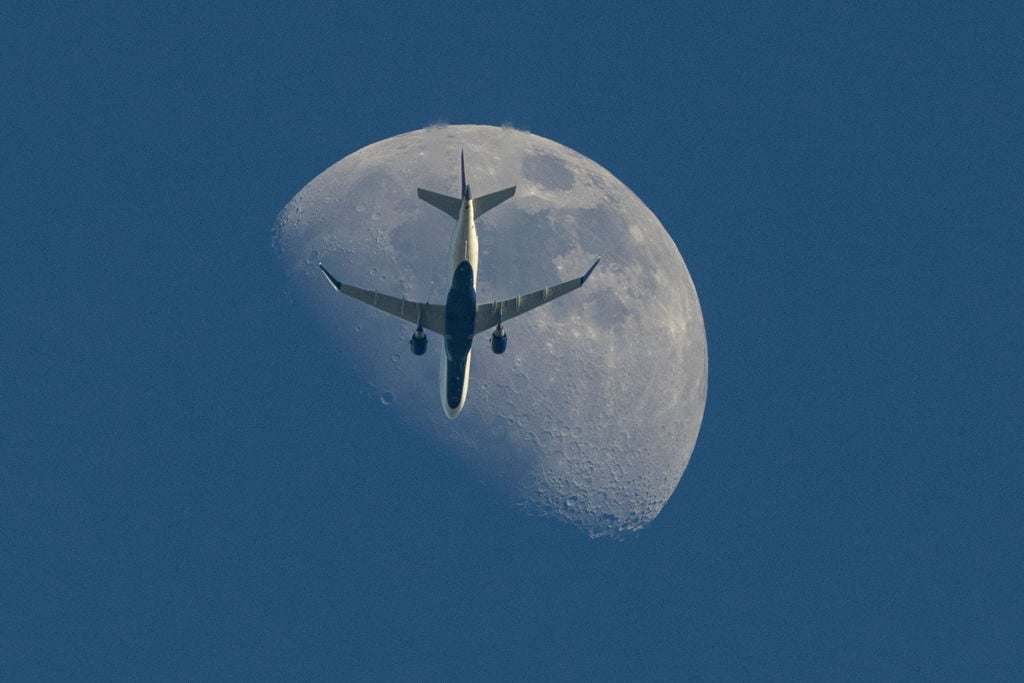
Despite the absence of commercial jets, Boeing will maintain a strong presence in defense and space products. The company will display flying and static exhibits in these sectors.
This decision highlights Boeing’s diverse portfolio beyond commercial aviation. It also suggests a strategic pivot in Boeing’s public-facing priorities during this challenging period.
Certification Delays Impact Boeing’s Product Line
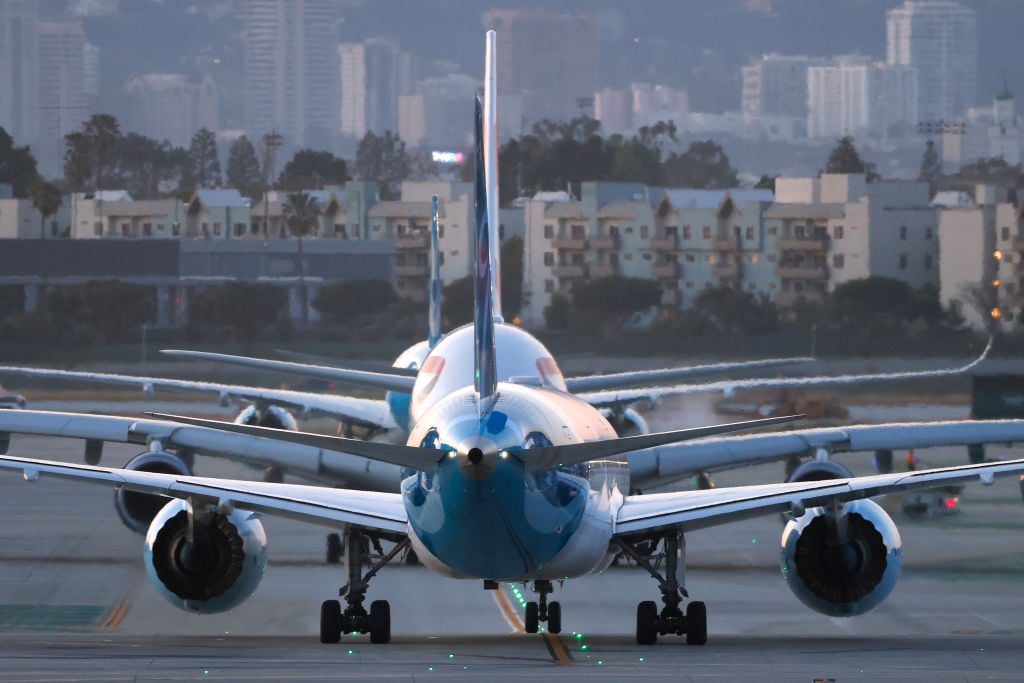
Boeing’s 737 Max 10, the longest version of its narrowbody jet, awaits certification. The Alaska Airlines incident has further delayed this process due to increased scrutiny.
The 777X, an upgraded widebody, has seen its entry into service pushed from 2020 to 2025. These delays have significant implications for Boeing’s product strategy and market position. They also affect airlines’ fleet planning and operations.
United Airlines CEO Expresses Frustration
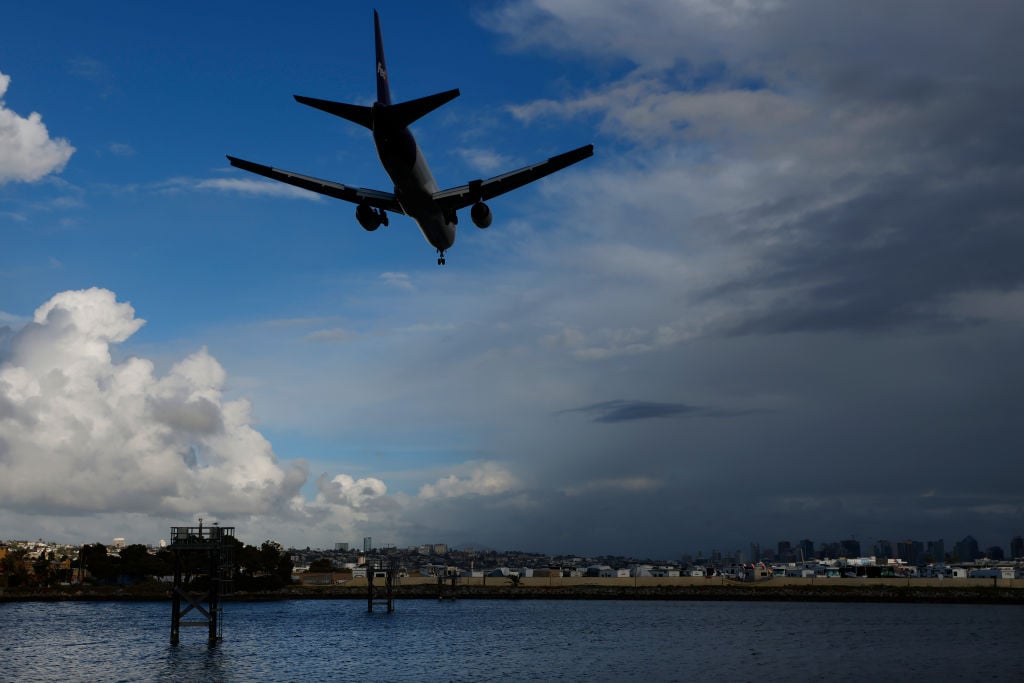
Scott Kirby, CEO of United Airlines, Boeing’s largest customer, voiced strong concerns. He called the Alaska Airlines incident “the straw that broke the camel’s back.” United is developing alternative plans without the Max 10 due to delays.
This reaction from a key customer underscores the gravity of Boeing’s challenges. It also signals potential shifts in airline-manufacturer relationships and procurement strategies.


